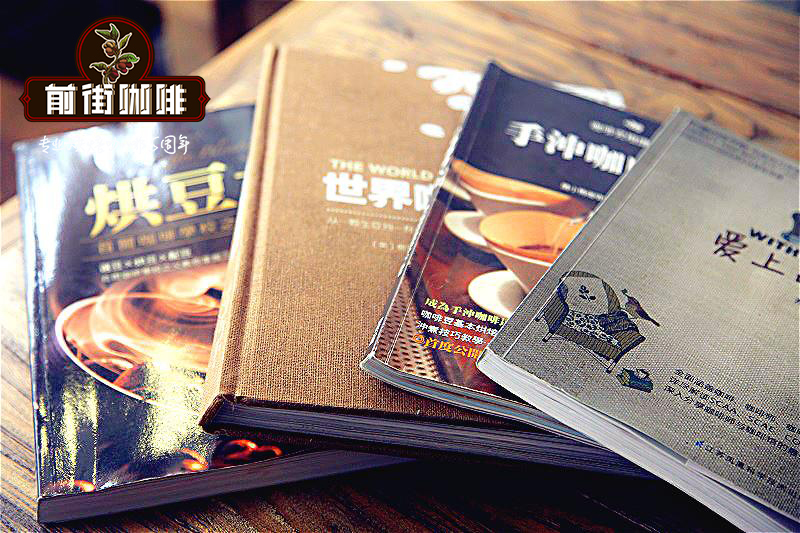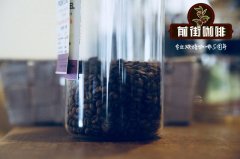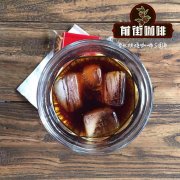What is the difference between Sakui Coffee and Rose Summer Coffee? what's the award? what's the story about how to make it?

Professional coffee knowledge exchange More coffee bean information Please pay attention to coffee workshop (Weixin Official Accounts cafe_style)
Sidamo coffee is very diverse in flavor, because different soil composition, regional microclimate and countless native coffee varieties, resulting in each town area produced coffee has obvious differences and characteristics. Sidama is located in southern Ethiopia. The industry here is dominated by agriculture, with coffee-growing areas located around the Great Rift Valley. Sidamo coffee has a wide variety of flavors, as different soil compositions, regional microclimates, and numerous native coffee varieties create distinct differences and characteristics in the coffee produced in each town area. Sidama is located in southern Ethiopia. The industry here is dominated by agriculture, with coffee-growing areas located around the Great Rift Valley.
Hambella (commonly translated as "Hambella") is located in GUJI, Ethiopia's largest coffee-producing area, and is administratively affiliated with Olomia State. Hambella faces Yejia Shefi kochore in the west, separated by a highland with an altitude of 3200 meters and a width of about 30 kilometers. Hambella is connected with shakiso, Uraga and Kercha sub-producing areas in Guji in the northeast and north respectively. It is the coffee sub-producing area with the highest altitude in Ethiopia (Harrar is the main producing area with the highest altitude in Ethiopia).
At present, there are about 20 treatment plants of various sizes in Hambella production area. DW Hambella core production area Dimtu has four estate processing plants, namely "Buku abel,""Buku saysay,""Haro soresa,""Tirtiro Goye." Annual production of coffee is about 1100 tons.
Of all these estates and processing plants, only the sun-cured coffee from the "Buku Abel " estate and processing plant is called "flower".
Awards of the Flower Queen
Flavors by cup: passion fruit, rose, strawberry jam, berry sour, peach pulp, black tea finish
2016/2017
Ethiopia National Taste of Harvest Competition Champion
2016/2017 Harvest Ethiopian Coffee Competition Champion
2017 Regional Africa Taste of Harvest Competition Runner-up
2017 African Coffee Contest Runner-up
Huakui treatment plant is located in buku abel village at an altitude of 2200 meters. From the beginning of its cultivation, it has been selected as a noble "family environment"-rich humus reddish brown soil, and given "Enset" tree shade care, so that the flower head receives full sunlight, produces rich flavor without consuming too much nutrients, thus retaining more essence in the coffee fruit. During the harvest season (December-January), its unique growing environment and natural climate created its unique flavor. The red fructose we picked should reach 30 or more before we start sun treatment. In the first two days of the sun, we must ensure the humidity of the red fruit, so that its fructose fully begins to ferment. At the same time, the geographical location of high altitude makes the temperature of the treatment plant at night drop to about 12 degrees Celsius, and it will not produce excessive fermentation smell because of the high temperature. When the temperature is relatively high at noon, we will cover it in time to prevent red fruit sunburn. Select only full-red fruits, fully ripe coffee cherries, all manually picked, African scaffolding drying, limited fruit thickness and 24 hours of uninterrupted regular turnover, to ensure that the sun and ventilation are uniform, more accurately grasp the fermentation degree.
Hand-washed courtesan. 15g powder, medium fineness grinding (small Fuji ghost tooth knife 3.5 grinding), v60 filter cup, 91-93 ℃ water temperature, the first injection of 30g water volume, 27 seconds stewing, injection to 105g water volume cut off water, wait for the powder bed water volume to drop to half, then slowly inject water until 225g water volume, the tail section does not, water powder ratio 1:15, extraction time 2:00
At night, heavy plastic sheeting is used to protect against sudden rain. This allows the red fruit to ferment and dehydrate at relatively low temperatures. After 18 days of solarization treatment, when the moisture content of the green coffee beans is reduced to about 13%, the solarization treatment is stopped, the coffee beans are packed into sacks, put into a warehouse under the natural conditions of 12-22 DEG C and humidity of 40-50%, and the green beans are cultivated and further dehydrated for about 50 days. When the moisture content of raw beans reaches about 10, the transportation treatment plant hulls and screens for sale.
Coffee producing countries: Africa, Ethiopia,
Coffee estates: Guji Guji, Hambella Wamena district, Dimtu city, buku able estate
Coffee varieties: Heirloom, native to Ethiopia
Production altitude: 2250-2350M
Quality grade: G1
Treatment: Natural Sun (African Sun Bed)
Factory Name: Coffee Workshop Address: Qianjie Cafe, No. 10 Baoan Qianjie, Yuexiu District, Guangzhou Contact: 020-38364473 Shelf Life: 90 Net Content: 227g Packaging: Bulk Coffee Bean Ripe Degree: Coffee Ripe Bean Sugar: Sugar Free Origin: Ethiopia Roasting Degree: Mild Roasting
Ethiopian Sidamo Shakisso Natural
Country: Ethiopia Fiscal year: 2003
Production area: Guji District
Altitude: 2250-2350
Treatment: Sunlight
Breed: Native species Heirloom
Producer: Local smallholder farmers
Flavors: Passion fruit, rose, strawberry jam
Important Notice :
前街咖啡 FrontStreet Coffee has moved to new addredd:
FrontStreet Coffee Address: 315,Donghua East Road,GuangZhou
Tel:020 38364473
- Prev

Enjoy a delicious cup of Cuban coffee, which can be made from a mocha pot at home.
Professional coffee knowledge exchange more coffee bean information please follow the coffee workshop (Wechat official account cafe_style) no Cuban coffee, no Cuban food. An elaborate cafe, cubano, has a thick layer of sweet cream (cream) floating on espresso. To get the right Klima, stir 1 tablespoon espresso with sugar until foamy, then pour the espresso.
- Next

History of Yemeni Coffee Development the oldest coffee is Yemeni coffee? is it produced and planted in the sea?
Professional coffee knowledge exchange more coffee bean information please follow the coffee workshop (Wechat official account cafe_style) the Republic of Yemen is located in the southwestern tip of the Arabian Peninsula, bordering Saudi Arabia and Oman, bordering the Red Sea, the Gulf of Aden and the Arabian Sea. In May 1990, it was formed by the merger of the Arab Republic of Yemen (Northern Yemen) and the people's Democratic Republic of Yemen (Southern Yemen). There are more than 3000 in Yemen
Related
- Beginners will see the "Coffee pull flower" guide!
- What is the difference between ice blog purified milk and ordinary milk coffee?
- Why is the Philippines the largest producer of crops in Liberia?
- For coffee extraction, should the fine powder be retained?
- How does extracted espresso fill pressed powder? How much strength does it take to press the powder?
- How to make jasmine cold extract coffee? Is the jasmine + latte good?
- Will this little toy really make the coffee taste better? How does Lily Drip affect coffee extraction?
- Will the action of slapping the filter cup also affect coffee extraction?
- What's the difference between powder-to-water ratio and powder-to-liquid ratio?
- What is the Ethiopian local species? What does it have to do with Heirloom native species?

